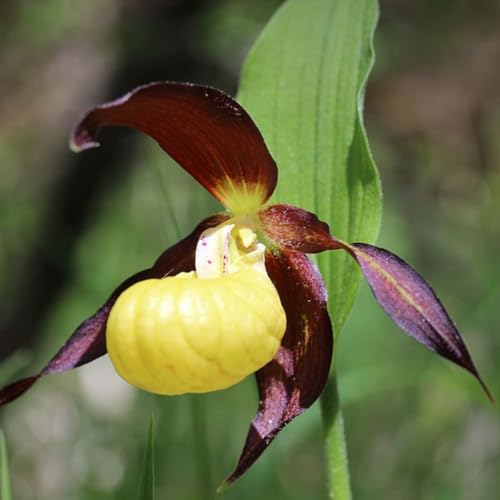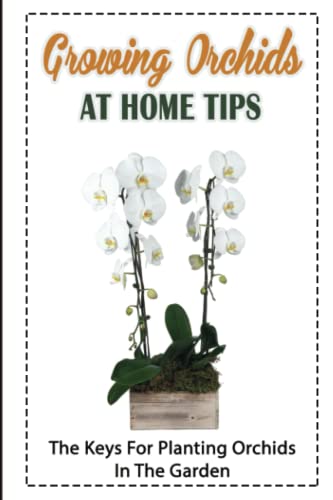N
naturepath
Guest
Hello.
I read much about this specie. And I love the habitus and flowers. I would like to cultivate one of this type on my windowsill, but I heard, it is a "little bitch" and a bit complicated.
I live in a "souterrain" home - that means, my windows are beyond earth level, but with a lot of daylight.
Paph. hybrids work for me and most of them flower. My temp is round about 22 degrees (celsius). But I don't have a big night temperature lowering (because of a infloor-heating).
The humidity is low (about 30-40 %). But the paphs seems to tolerate it. I am afraid of getting it higher because I fear mouldiness.
Regards
naturepath
I read much about this specie. And I love the habitus and flowers. I would like to cultivate one of this type on my windowsill, but I heard, it is a "little bitch" and a bit complicated.
I live in a "souterrain" home - that means, my windows are beyond earth level, but with a lot of daylight.
Paph. hybrids work for me and most of them flower. My temp is round about 22 degrees (celsius). But I don't have a big night temperature lowering (because of a infloor-heating).
The humidity is low (about 30-40 %). But the paphs seems to tolerate it. I am afraid of getting it higher because I fear mouldiness.
Regards
naturepath












































